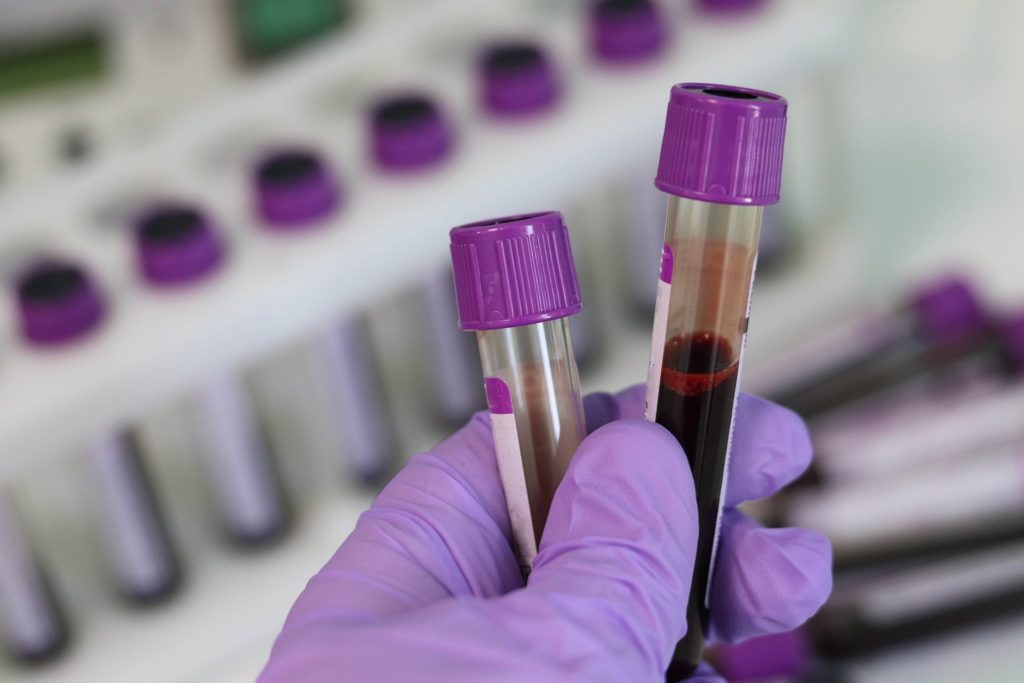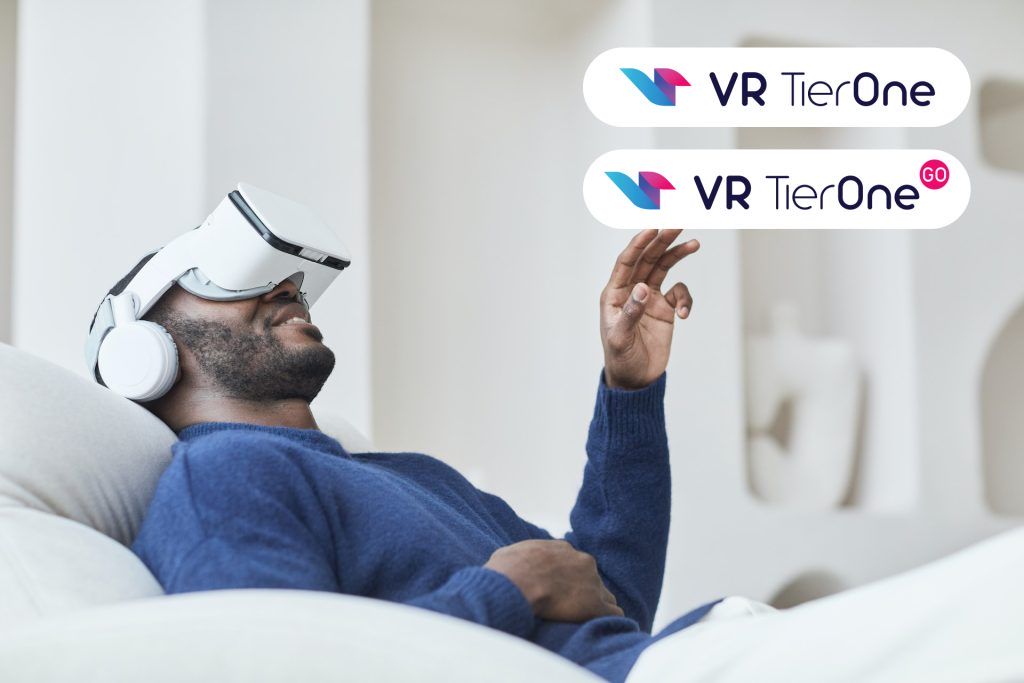Routine body temperature measurement at the beginning of a medical appointment is not surprising, regardless of the reason for that appointment. Such measurement takes just a short moment and says a lot about your health. There is no single measurement tool in psychiatry, and outcome measures are not standard, although efforts are made to introduce parameter-based patient care. Without measurement, we are not able to determine the actual dimension of a health issue, and in the case of starting treatment, determine whether it is going in the right direction. The problem of measurement in psychiatry consists in finding an appropriate measurement tool that will be applicable to a large group of patients, while the measurement will not be burdensome for the patient, will not disturb the doctor’s work, and at the same time its result will be clinically useful. Measurement tools in psychiatry are scales and questionnaires, they serve as a measure of progress towards improving mental health. Taking these measurements serves a very important function, i.e. it involves the subject in the treatment process.
“Measure what is measurable and make measurable what is not measurable”
Galileo Galilei
Depression measurement
Measuring depression is not as simple as measuring your body temperature, but it is still feasible. Obtaining information about a depressive disorder is possible by comparing whether the presented symptoms match the symptoms attributed to depression. The classification of mental disorders states that depression is a persistent (lasting more than 2 weeks) low mood, accompanied by a lack of pleasure, energy loss, sleep disturbances, feeling of guilt and low self-esteem. In order to find depression, the first measurement must be taken, i.e. the duration and number of symptoms. To obtain further information about the properties of the “object” – depression, one must use specially prepared measuring tools.

Clinical grading serves as a benchmark for creating scales and questionnaires, the classification is used to check whether a new measurement tool is accurate and measures what it is supposed to measure. Existing depression screening tools can help identify whether depression is actually present, and other measurement tools can help gauge its severity – mild, moderate or severe. Clinical scales, called psychometric tests, that require giving value, are intended for use by psychiatrists and psychologists, and require calculation of results and their interpretation. The numerical result is what we most willingly expect from a measurement. The accuracy of the scale is confirmed by correlation with other measures. Self-reporting questionnaires are also applied by researchers, and based on self-assessment of a specific condition by the subject, by assigning a statement/question to a number or quality. Questionnaires serve as a screening tool, and they are prone to an error in which they capture too few symptoms in acute conditions, while noting too many symptoms in milder ones. Such tools are indicators of mood, and are successfully applied in scientific research, and are helpful in clinical diagnosis, but they do not constitute a substitute for it. Scientific research on the effectiveness of the VR TierOne solution in reducing depression would not be possible without measuring depression and elaborating the final results on this basis. By using the GDS-30 (Geriatric Depression Scale) during research, we found that VR TierOne reduces depression by 37%.
Stress measurement
Stress is a condition of increased tension caused by a reaction to a factor assessed as stressful. Stress has many negative consequences for our physical and mental health. Therefore, stress management is frequently quoted as a healthcare measure. If we were to manage stress, there must be a way to measure it. Stress stimulates the work of the muscles, increases blood pressure and the respiration rate. Therefore, stress measurement tools may relate to the physiological sphere. Stress can be measured by measuring cortisol (the stress hormone) levels, which increase under the influence of stressful experiences. This test seems to be an objective measurement of the level of stress.

Similarly, there are also attempts to measure blood levels of substances found in depression. We may also point to a curiosity, in which electronics manufacturers are trying to measure stress using electronic sports bands and watches with built-in sensors. For research, as well as for screening purposes, and for preventive and therapeutic impact assessment, the perception of stress and its severity are measured using tools in the form of scales and self-report questionnaires based on subjectively perceived stress. The test items can be questions or statements. The subjects of the study provide answers using a prepared rating scale. Measurement tools require linguistic and cultural adaptation, so that they remain accurate and reliable regardless of the country of adaptation. Measurements require knowledge of the tool and the so-called cut-off points, which, like a red mark on a thermometer, will separate the occurrence of a disturbing phenomenon from its absence. When examining the effectiveness of VR TierOne in stress reduction, the PSQ (Perception of Stress Questionnaire) was applied to test the level of stress in the area of emotional tension, external stress and intrapsychic stress. It is a tool characterized by high accuracy and repeatability. After the intervention with the use of VR TierOne, the overall PSQ results dropped by 28%.
Anxiety measurement
Anxiety is an emotional state associated with the perception of impending danger. This image must not be directly related to the threat, as is the case with fear that arises in the face of an actual threat. Stress is hard to manage and anxiety disorders are hard to deal with. Anxiety and worry can coexist with depression. Psychotherapy, alone or in combination with pharmacotherapy, is one of the most widespread treatments for anxiety disorders. Anxiety can be perceived as a trait and a condition. The measurement of anxiety, as in the case of depression and stress, is performed with use of scales and questionnaires. Anxiety can be measured with the widely used HADS Hospital Anxiety and Depression Scale, which includes a section on depression (HADS-D) and a section on anxiety disorders (HADS-A). The selection of HADS (Hospital Anxiety and Depression Scale) as the measurement tool was dictated by its high sensitivity and specificity, but also simplicity. The sentences in HADS are formulated in a way that is simple and understandable for the patients. The measurements required the recruitment and division of a group of patients – participants of the study into a control group and a VR group, whose therapeutic program included the intervention using VR TierOne. HADS measurement was performed at three time points: before the intervention, after the intervention, and at a two-week follow-up. Research demonstrated that in the group of people using VR TierOne, the level of anxiety was reduced by 37%.

Success measurement
Depression, stress and anxiety can be measured. It is thanks to the measurements that we can certainly say that the medical VR TierOne solution is effective and helps patients to face their ailments. The trust and choice of the VR TierOne device by medical institutions is a success for the creators of the VR TierOne therapeutic solution – psychotherapists, music therapists, 3D artists, graphic designers, garden designers, researchers and originators who have given the treatment of depression, anxiety and stress a new and better dimension.







